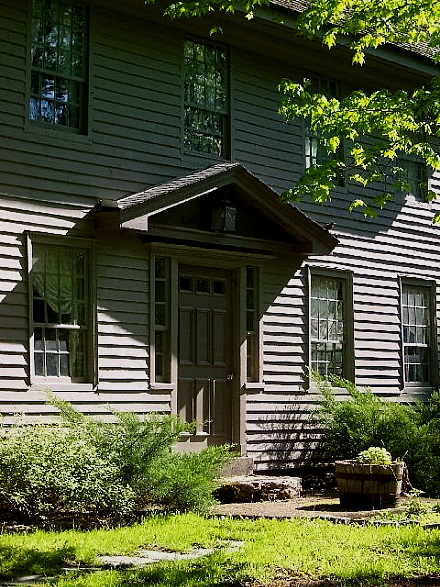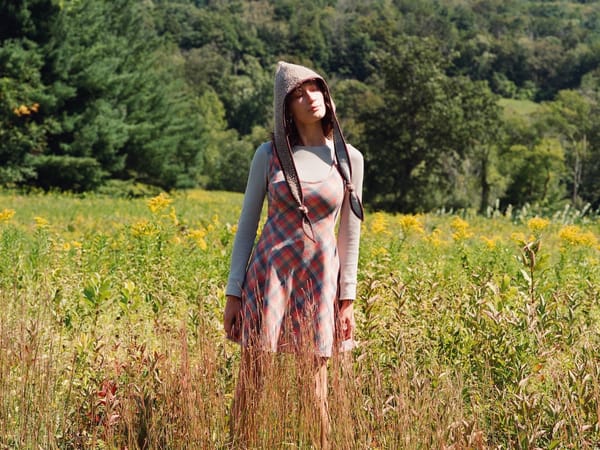
Ever wonder why our Yankee forebears seem to have been incapable of designing a bad house, whereas, nearly everything we build requires remodeling every 20 years? On Sunday, June 14th, the Canaan (NY) 250 Committee launches its Bisesquicentennial Celebrations with an historic house tour, the town's first in fifty years. The tour features eleven houses dating from the 1780’s and 90’s to the mid-1800’s. Many of the houses on the tour—and throughout our region—started as humble vernacular homesteads, usually two rooms up, two rooms down, with a central stairwell. As their owners' prosperity grew, naturally they wanted more elegant houses, so they would either built a larger, "modern," neo-classical house adjacent to the smaller one, which would become a wing, or they would remodel the facade of the existing house according to the fashion of the day. Though we tend to think of the 19th-century as belonging to Victoria and the many styles that get lumped together under her name, in America, there was a fashion for neo-classicism that started well before Victoria was crowned and lasted even longer than the English queen—from 1800 to 1920. Since the early symmetrical homesteads lent themselves more readily to the classical orders than to the ruffles and flourishes of Victoriana, classicism was the course our practical farming forebears usually chose. How they managed to get the exacting proportions just so owes more to 19th-century advances in printing and the resulting widespread availability of books than to any inherent genius on their part for design. Pattern books became popular, and the farmers, with all due humility, followed their instructions to the letter. Hence, a century later, there are no fewer than eleven houses in one country town that still merit our admiration and attention. Canaan House Tour1 - 5 p.m. Tickets/$20 and maps available at Canaan Town Hall County Rte 5, just south of State Route 295 From 10:00 a.m. on Sunday
Written by









